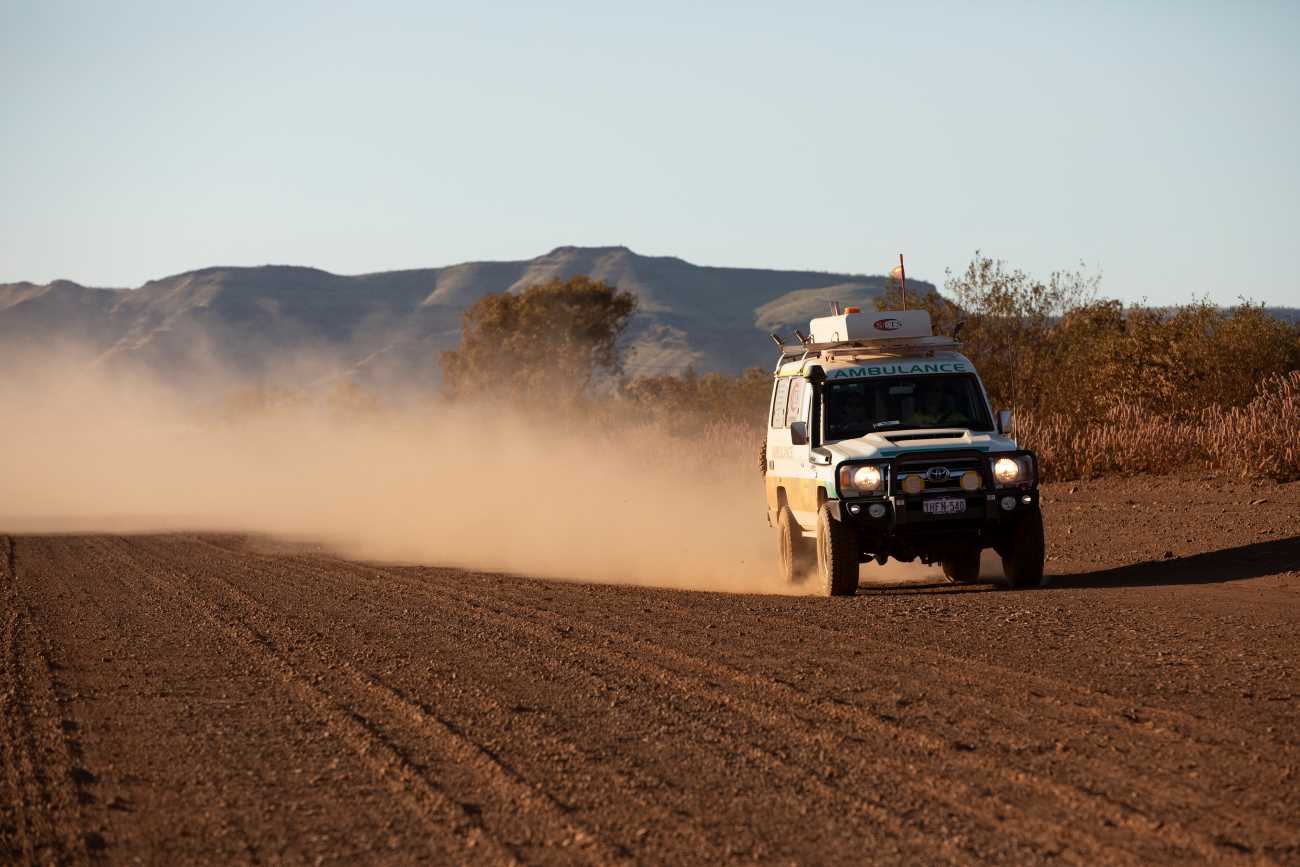
Seven million premature deaths every year. That’s the shocking toll that air pollution takes on humanity. According to the World Health Organisation (WHO), as late as 2019, only 1% of the world’s population lived within its air quality guidelines.
But as the figures highlight, it’s a dangerous view to hold.
The WHO guidelines cover a mix of air pollutants, including particulate matter, ozone, nitrogen dioxide, sulphur dioxide, and carbon monoxide. While the most harmful Particulate Matter (PM), as readers in heavy industry know well, are those that measure 2.5 microns across or less. Commonly known as PM 2.5, Its healthy limits align with an annual average of 0-5 μg/m³. Many government regulations are set up to control PM 2.5 emissions in response to its harmful flow on health effects.
Some of the most significant impacts are:
With most countries falling outside the WHO guidelines, it’s fair to ask whether the standards are realistic or simply setting governments up to fail? But as we’ll see, the costs of ignoring air pollution are high in both human and economic terms.
While the array of data and different “interim” WHO guidelines can be hard to grasp, one statistic is not.
Mortality rates.
The non-accidental mortality rate in areas where PM 2.5 exceeds 0-5 μg/m³ guidelines is undeniably high.
Here’s a rather morbid example:
If particulate matter is 10 μg/m³ above safe levels, there will be four extra deaths per 100 people annually. Add another 5 μg/m³, and the excess death rate doubles to 8 per 100 people. This trend continues until the levels reach 35 μg/m³ and above, where mortality rates leave the trend line, potentially resulting in an explosion of deaths.
In 2022, about 14% of countries, including Chad, India, Pakistan, Qatar, and Nigeria, reported levels above this threshold.
Scary stuff!
But this is why the guidelines are there, and most countries are working hard to bring down their PM levels despite facing numerous challenges. And the things we take for granted in modern life are increasingly located or produced in developing countries, which then bear the brunt of the pollution.
At a glance, the primary pollutant sources include:
But in response, there are ways to reduce air pollution and mitigate the harm. Let’s explore some of the key players.
Around the world, various strategies are working to help curb dangerous air pollution levels. Some of these use quickly developing technology, already aligned with the global clean energy transition.
In some locations like Mexico City – situated in a bowl lower than the surrounding area – toxic vehicle emissions build-up, with no natural way to disperse. In this situation, it’s easy to see the benefits that a transition to Electric Vehicle technology would make.
Other solutions are less practical and involve public awareness campaigns, early warning systems, and urban planning and design tactics.
With kids and older people the most vulnerable to poor air quality, it’s vital that this array of approaches come together in an effective solution. And with millions of premature deaths each year, alongside the immense global health cost of more than $8.1 trillion, we’ve got every reason to see it through.
If air pollution is an issue for your mining operation or industrial business, check out GRT’s tailored solutions, including our industry-leading SMART Dosing Units!
Your feedback is important to us.
If you enjoyed reading this Global Road Technology industry update and found it informative, please let us know by leaving a REVIEW.
https://apps.who.int/iris/bitstream/handle/10665/345329/9789240034228-eng.pdf
https://elements.visualcapitalist.com/mapped-air-pollution-levels-around-the-world-2022/
Are environmental regulations, health and safety concerns or potential profit loss a concern right now?
Contact Us Now